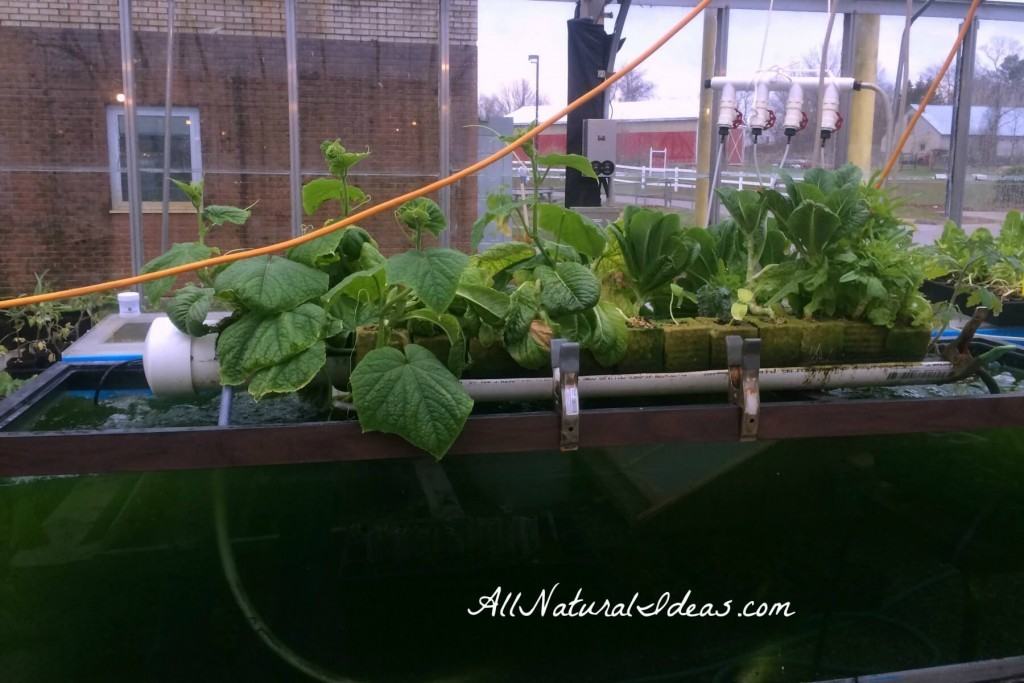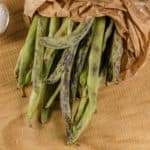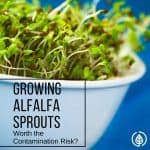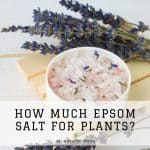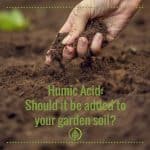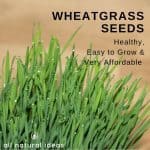Want more fresh veggies? Grocery store produce can be expensive. You can grow your own to save money. Learn how to grow vegetables indoors year round!
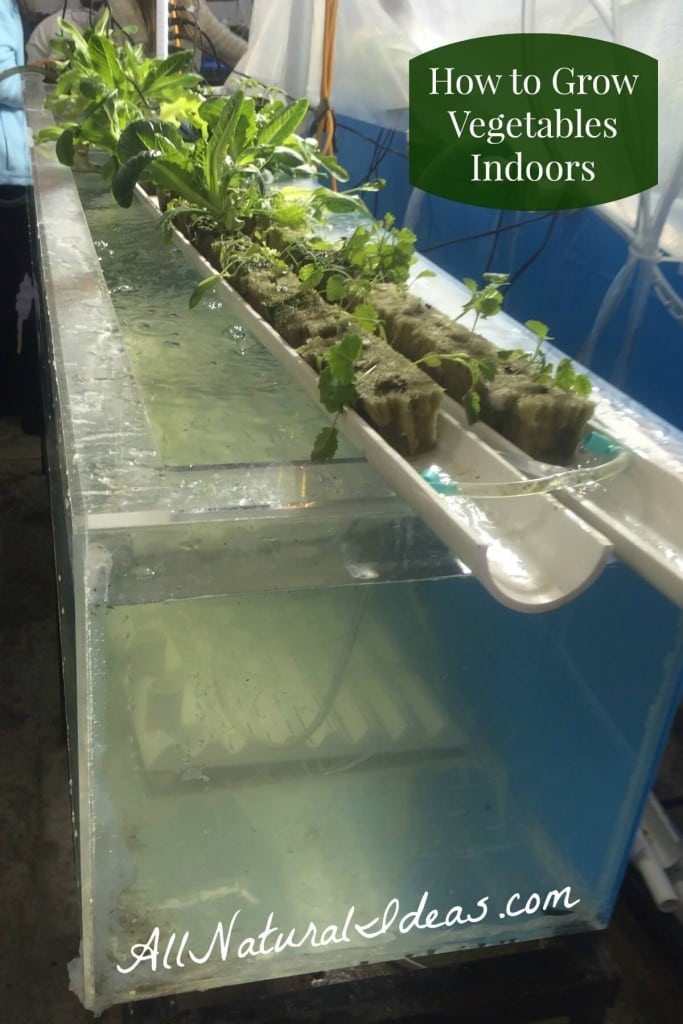
Looking to keep your garden going during the harsh winter months? Live in the city and have no room for an outside garden? Have no fear! Growing indoors is easier than ever these days.
You do not need a green hand to have a successful indoor garden. There are no weather elements to deal with. My first attempt at an indoor garden was my senior year of high school. A first time experience yielded a high success. Let’s discuss the basics of what’s needed to grow vegetables indoors year round.
Criteria to be met
Before making a garden, it is important to understands the necessary items to be addressed. Tackling these items are critical to the success of your indoor garden.
How to Grow Vegetables Indoors Year Round
Space
Space is up to you. You can make your indoor garden as small or as large as you wish. You can devote an entire room to a garden. Or simply a windowsill. When deciding a space keep in mind how large the plants get. This will help you decide how much space you want to leave for the plants.
Light
This one is critical. Without light your plants will not be able to grow and bear fruit. Too little light is bad. Too much light is bad as well. The average plant needs anywhere from 14-16 hours of light daily. During the winter this amount of light may tough to tackle. To combat this it is necessary to invest in a grow light. Lower end grow lights are not a very large investment. They will last for a very long time and are more efficient than standard bulbs. Do a little research online. Find one that is right for you. Believe me, they made a huge difference with my plants!
Humidity
This is just as important as watering. Winter is naturally dry. It will suck the humidity out of the air. Low humidity will yield dry and shriveled plants. There is an easy fix to this. Leave a cup of water near your plants to humidify the air. If possible use a tray and fill the base with rocks. This will greatly increase surface area and promote evaporation.
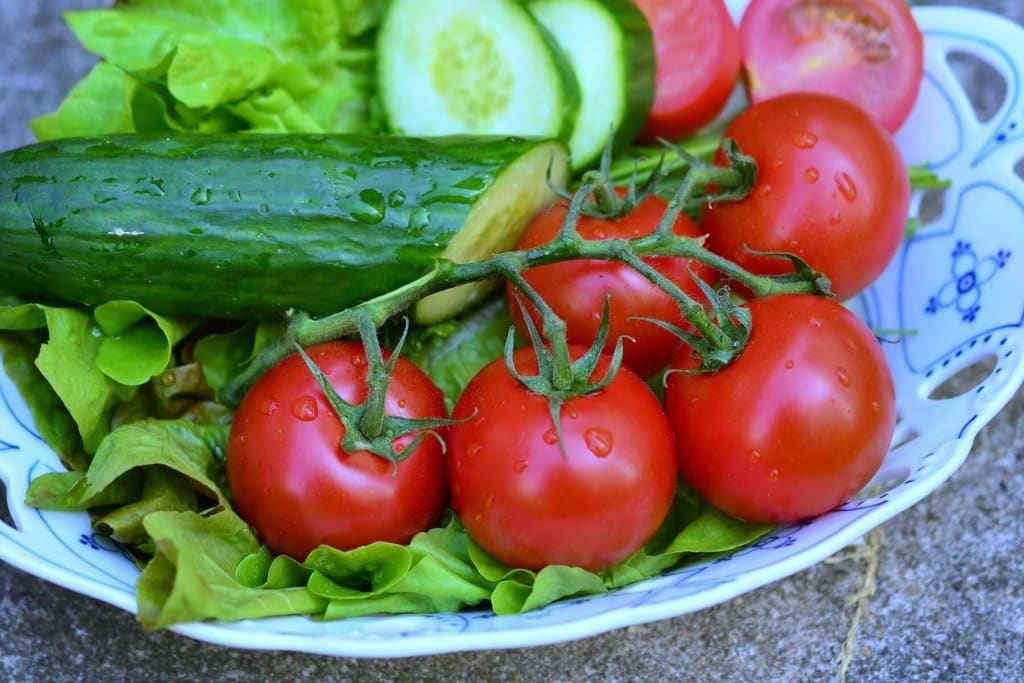
Growing Medium
This one is dependent on what type of indoor garden you use to grow your own veggies. If you stick to conventional pot use a potting soil mixture for indoor usage. For aquaponics you want to use rockwool. It is my personal favorite. More to be discussed later.
Choosing your growing style
There are two types of indoor gardens you can grow. You can do a conventional potted garden. Or you can do a hydroponic garden.
Potted Garden
For this type of garden you are going to want to clear your windowsill or use a table (depending on size). To prevent damage from the inevitable water leak place a tarp or garbage bag underneath the pots. If you choose to use a table make sure the room does not have wooden or carpet floors. The best would be linoleum or tile. We all know what water can do as damage.
Hydroponics
If you are looking to be creative try hydroponics. You will need a fish tank. Some PVC piping cup into half pipes. Rockwool. Also a small pump to pump water into the half pipes. Place the plants in the rockwool. Then, place the rockwool into the half pipes. Be sure that the water drains at the end by having it slanted back into the tank or drill a hole. The plants naturally cycle the harmful fish waste as nutrients and leaves your fish healthy. The plants themselves aerate the room.
So if you want to have a year round supply of vegetables and grow your own veggies indoors, nothing is stopping you. It is a fairly easy job to do. Indoor gardens provide natural air purification. They add decorum to your house. Need more resources? There’s a list here providing additional information for how to grow vegetables indoors year round. Why not try an indoor garden today?
